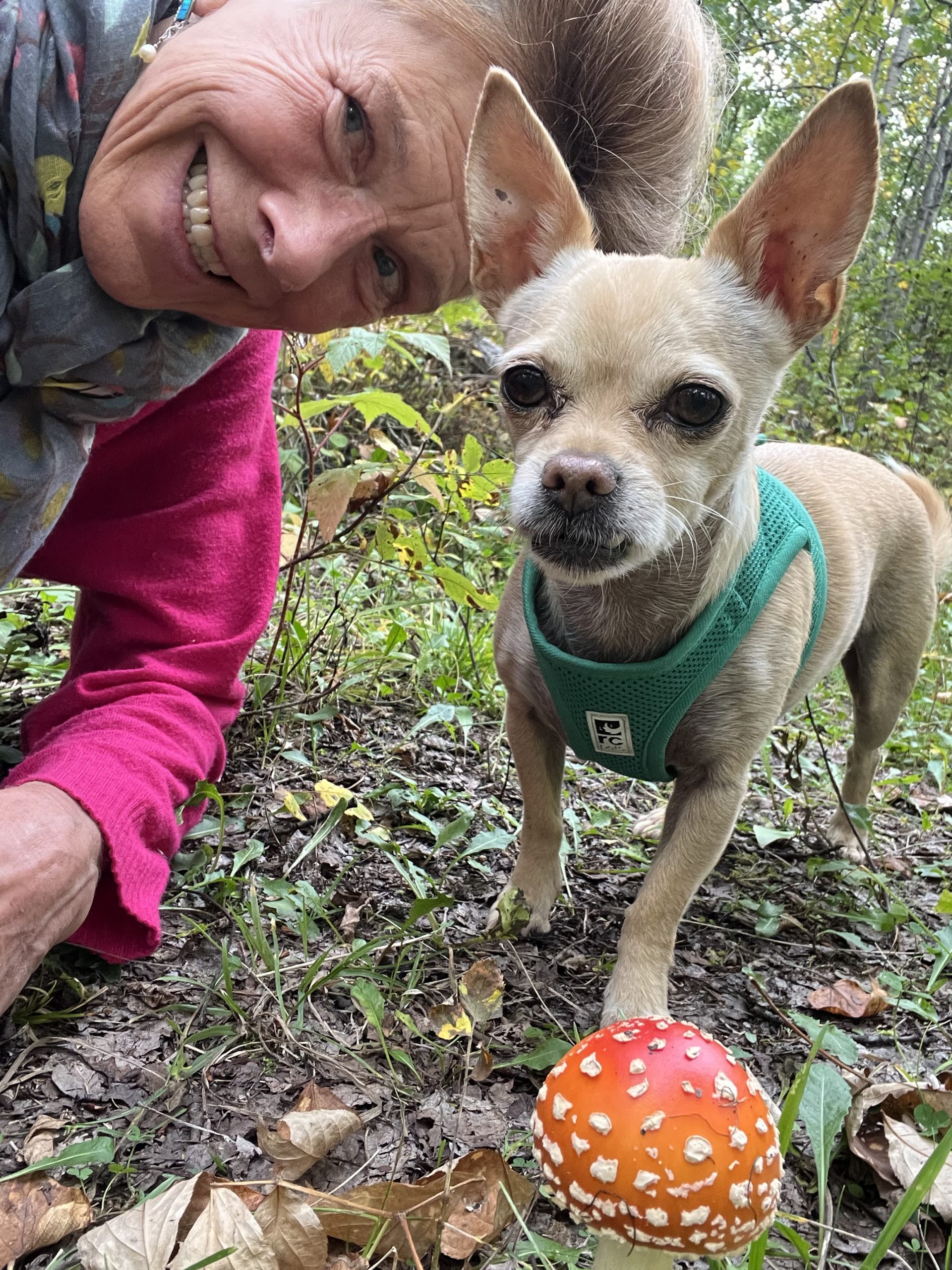
Psychedelic guides like the Intimacy Educator Training
Psychedelic guides like the Intimacy Educator training. The online training in Intimacy Education is a place where people can do their own healing, as they learn a welcoming culture of Eros and intimacy for all genders. Guides feel empowered by it - personally and also professionally - to accompany diverse clients in critical aspects of their trauma and healing.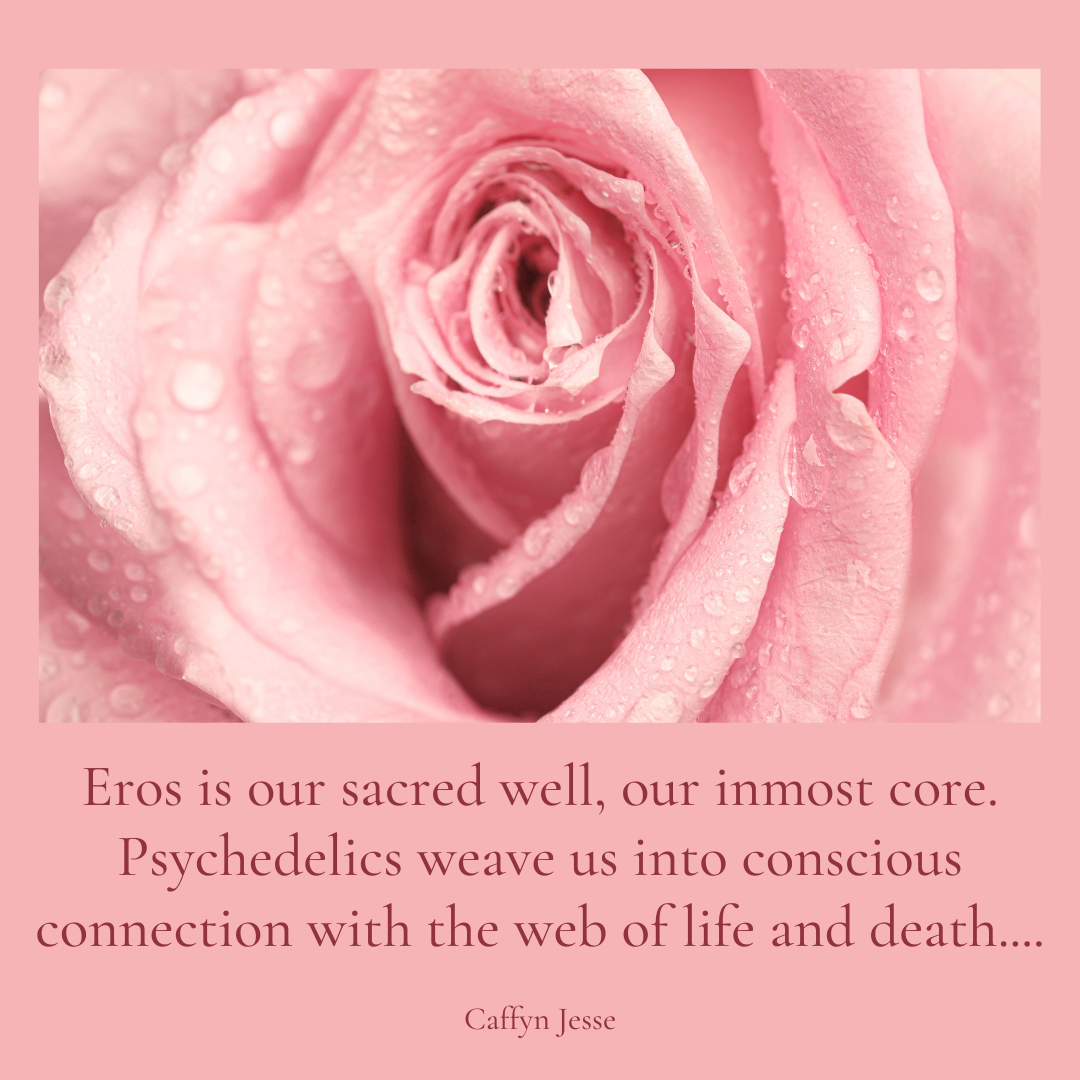
Psychedelic Medicine and Somatic Sexual Wellness
For me, Eros is our sacred well, our inmost core. Psychedelics weave us into conscious connection with the web of life and death; we feel wanted and welcome. So the intersection of somatic sexual wellness and psychedelic medicines can be a place of powerful magic – but also of grave danger, and potential for major misattunements.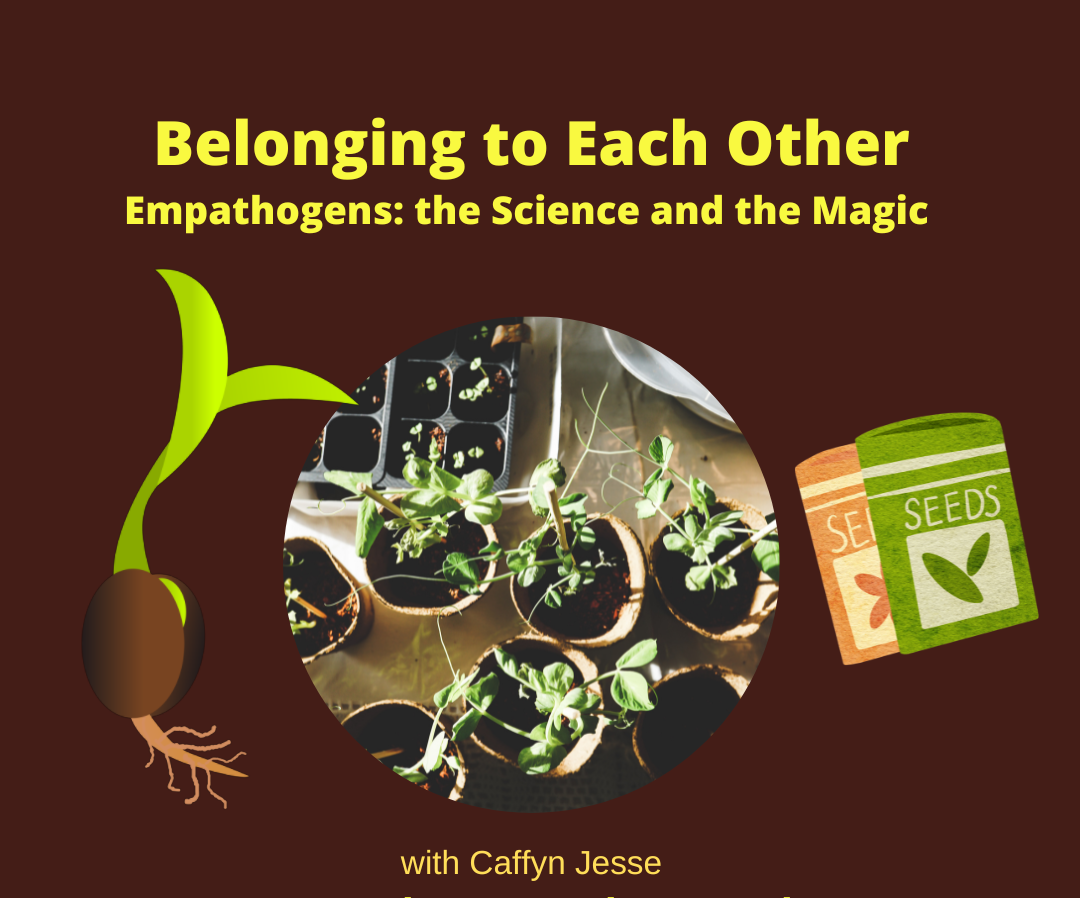
Empathogens: The Science and the Magic
These medicines light up both the serotonin and dopamine systems in our brains and bodies, so we feel both passion and peace, at the same time. Spoiler alert: we don’t actually need drugs to find this. These molecular messengers are part of every being in the biosphere, and the neuroendocrine systems within and between us. How can we use them in ways that help us belong to this global network of our true belonging? Instead, these medicines are getting mobilized to help people tolerate intolerable systems. Are we going to keep our trauma treatments confined to the very paradigms that created all this awful, ongoing trauma in the first place?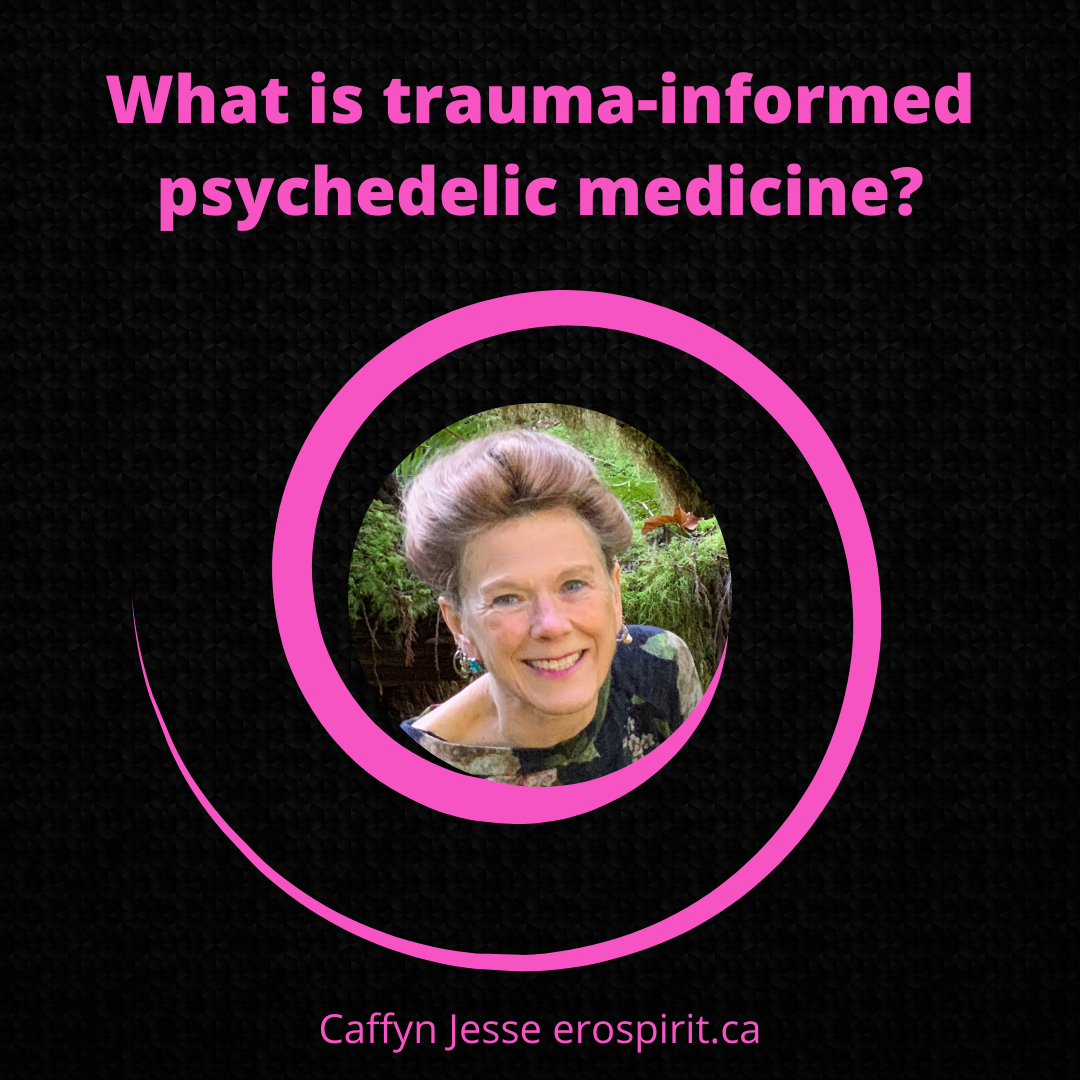
Trauma-Informed Psychedelics
Whether I’m working with the erotic, or with psychedelics, I want to support people in feeling empowered choice and voice. I want them growing their embodied self-trust, and capacity for discerning trust-worthiness in others. This takes actual, embodied practice.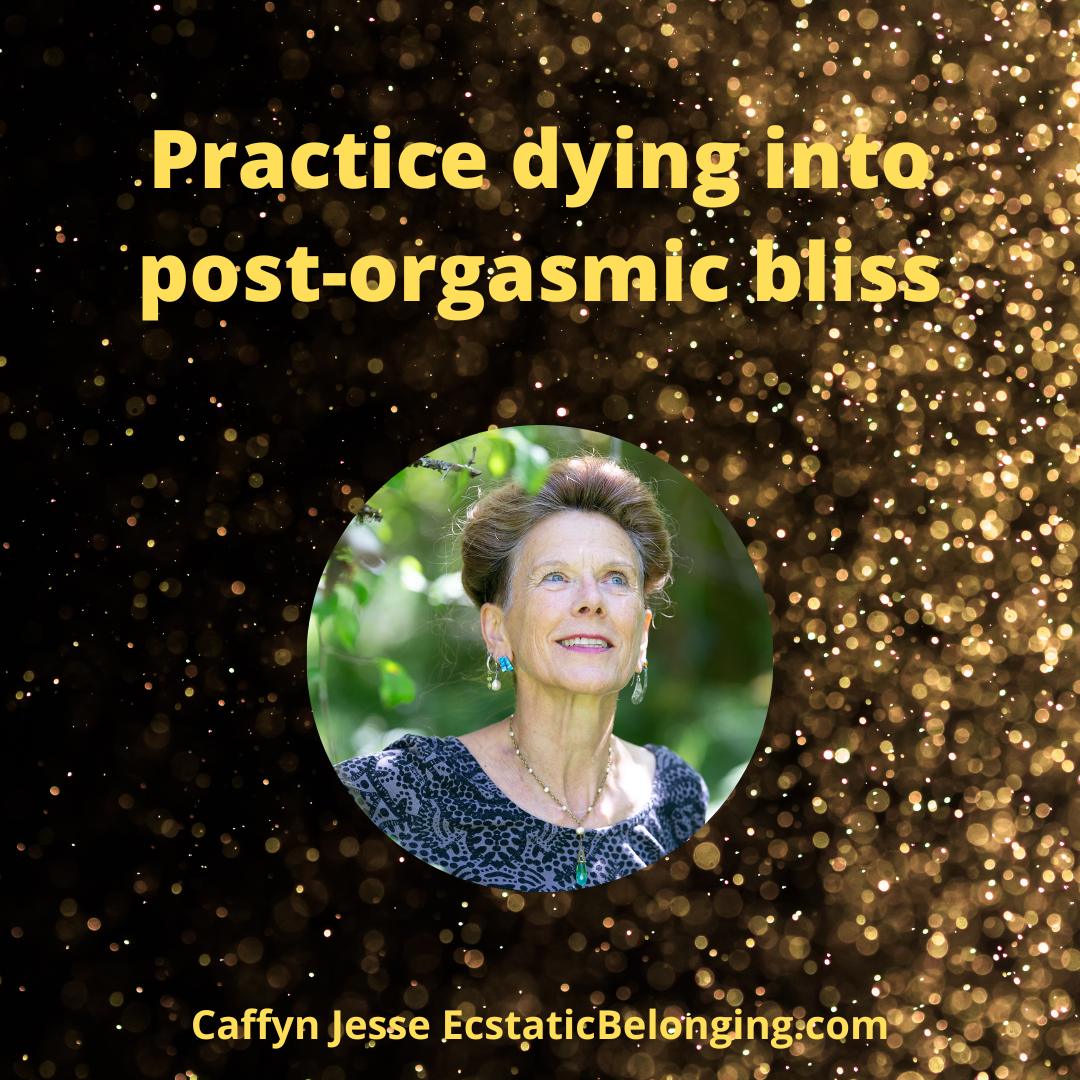
Practice Dying
There are times of the year, times of life, and times like this moment in the history of the biosphere when the when the veil between life and death grows thin. Transitions between life and death get slippery. Ghosts and ancestors come out to guide us. Scary monsters suddenly emerge, and interspecies transformations can delight us. This season - and Halloween, Samhain, the Day of the Dead - remind me to take time to deepen into my personal commitment to practice death preparation. As they say, what we resist, persists. We live in a culture that fiercely resists dying, as it busily manifests more and more of it. Around the world there is so much suffering and death. Climate chaos and social chaos threaten all our lives, and the whole biosphere. What we accept, transforms. Perhaps a practice of integrating conscious dying into our living can empower us. We can be resourced by a psychedelic medicine called 5meo-DMT, and by our orgasms.
